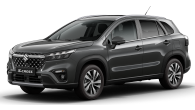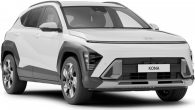MG launched the new HS in September, so it’s still fresh in dealerships and not a common sight on the road.
It is the Chinese brand's entrant into the mid-size SUV segment, which is the most popular new-vehicle segment in Australia by sales.
It competes against household names such as the Toyota RAV4, Kia Sportage and Mazda CX-5.
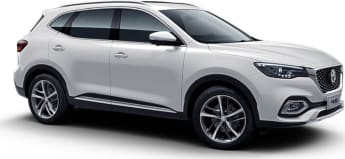
The HS is priced very sharply, with the line-up kicking off at about $33,990 (before on-road costs) for the base Vibe variant and rising to $40,990 for the Essence grade we are testing here.
It is several thousand dollars more expensive than the model it replaces, but it still undercuts its mainstream rivals handsomely.
One thing that can't be ignored is MG's benchmark 10-year/250,000km warranty and 10-year capped-price servicing program, which beats everyone in the new-car business.
You can only get an HS with a 1.5-litre turbocharged petrol engine mated to a seven-speed dual-clutch auto driving the front wheels.
The HS is not offered currently with all-wheel drive, but all-paw grip may feature on the hybrid and plug-in hybrid versions coming next year.
The HS has had one big makeover with the old model’s conventional SUV styling ditched in favour of a sleek new silhouette, with sharp LED headlights, prominent grille with large lower air intakes, a coupe-like floating roof and tail-lights that run the length of the rear. Safe to say, it stands out in the traffic.
.jpg)
Our HS Essence test car is absolutely rammed with standard equipment.
It rides on 19-inch alloy wheels, has slick silver roof rails and auto folding side mirrors.
Inside there are plenty of luxe and hi-tech features to crow about.
Highlights include the crisp 12.3-inch digital driver display matched to a central multimedia touchscreen of the same size. The multimedia screen does take some time to boot up.
.jpg)
Synthetic leather-wrapped seats are heated and power adjustable up front.
There is an eight-speaker stereo, in-built sat-nav, a wireless device charger and plenty of USB-A charging ports.
MG has ticked every box on the HS’s safety card.
The HS will automatically apply the brakes if it detects a potential collision and a range of sensors will keep you centered in your lane. It’ll warn you if a car is in your blind spot and alert you if a car is coming from the side as you reverse, and will apply the brakes if it thinks a collision is possible.
Throw in seven airbags and it adds up to a five-star safety rating from the Australasian New Car Assessment Program (ANCAP).
During the crash test it received excellent marks for 'adult occupant protection' with a score of 90 per cent. It achieved top marks for 'child occupant protection' and 'vulnerable road user protection' with scores of 87 and 83 per cent respectively.
The safety tech works reasonably well, but the driver attention warning is a bit overreactive and can beep at you unnecessarily.
.jpg)
The speed sign recognition tech needs a bit of tweaking, it will misread signs that cause the speed warning alert to beep when you aren’t speeding.
On a 50km/h suburban street near my house it often throws up 110km/h and 30km/h when no such signs exist. It also reads school zones 24 hours, seven days a week.
Initial impressions are that the HS has made a huge leap forward in how it drives.
The 1.5-litre motor is punchy, despite its small capacity, and is more than enough for a vehicle this size.
.jpg)
It has decent pick-up-and-go and feels more than capable cruising at highway speeds. The steering is well weighted, direct and - dare I say, makes it fun to drive.
The seven-speed dual-clutch auto is a bit glitchy at lower speeds and can hesitate when asked to accelerate quickly. So be mindful when crossing traffic.
These issues aren’t reserved for MG but are a symptom of most dual-clutch autos on the market and need to be driven with lighter throttle application off the mark.
.jpg)
One of the main issues that struck me almost immediately about the HS was the poor vision. The side mirrors blend into the windscreen pillars creating a large blind spot. This blocks vision when turning right and often obscures pedestrians coming from the right at crossings.
The cabin is voluminous and a panoramic sunroof gives it a light and airy feel. Fitting a forward-facing child seat is no dramas thanks to the ISOFIX anchor points on the rear window seats, and there is plenty of room to the seat in front to avoid any pesky kicks.
MG claims the boot has a capacity of 507 litres, which is smaller than the Toyota RAV4, Nissan X-Trail and Volkswagen Tiguan. It also feels much smaller in reality.
.jpg)
Next up we are entering the busy holiday period with plenty of beach days, a Christmas road trip and endless shopping centre drop-ins to give us more to write about.
Acquired: October
Distance travelled this month: 719km
Odometer: 2538km
Average fuel consumption this month: 10.6L/100km (measured at pump)
MG HS 2024: Essence
| Engine Type | Turbo 4, 1.5L |
|---|---|
| Fuel Type | Unleaded Petrol |
| Fuel Efficiency | 7.3L/100km (combined) |
| Seating | 5 |
| Price From | $21,340 - $27,060 |
| Safety Rating |
|
Pricing Guides






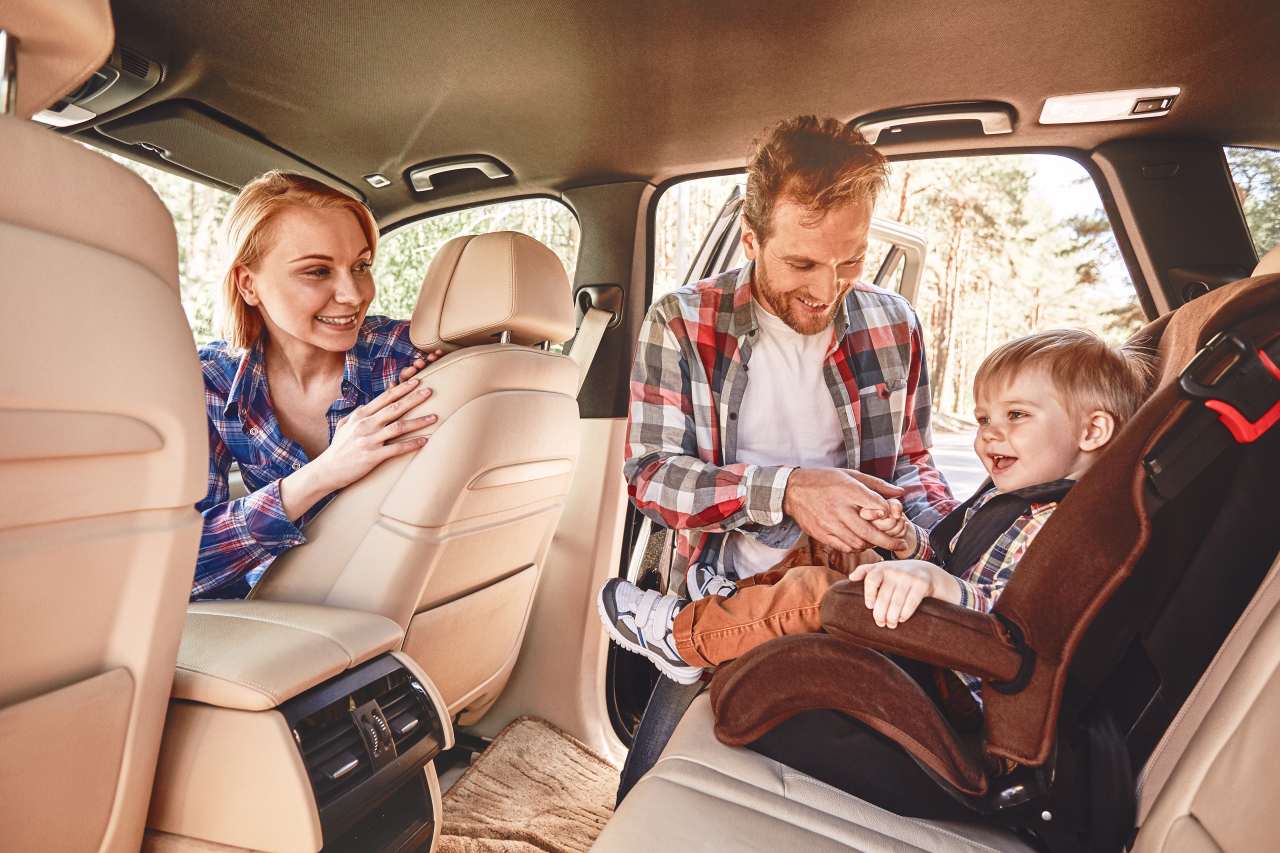
.jpg)

.jpg)
.jpg)
.jpg)
.jpg)
.jpg)
.jpg)
_0.jpg)
.jpg)
.jpg)
.jpg)
.jpg)
.jpg)
.jpg)
_0.jpg)
.jpg)
.jpg)
.jpg)
.jpg)

_0.jpg)

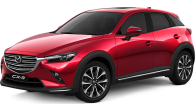




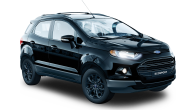

.png)





